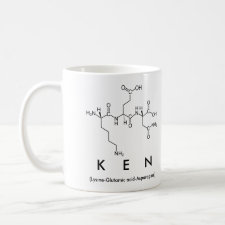
Authors: Weisman A, Chou B, O'Brien J, Shea KJ
Article Title: Polymer antidotes for toxin sequestration.
Publication date: 2015
Journal: Advanced Drug Delivery Reviews
Volume: 90
Page numbers: 81-100.
DOI: 10.1016/j.addr.2015.05.011
Alternative URL: http://www.sciencedirect.com/science/article/pii/S0169409X15001064
Abstract: Toxins delivered by envenomation, secreted by microorganisms, or unintentionally ingested can pose an immediate threat to life. Rapid intervention coupled with the appropriate antidote is required to mitigate the threat. Many antidotes are biological products and their cost, methods of production, potential for eliciting immunogenic responses, the time needed to generate them, and stability issues contribute to their limited availability and effectiveness. These factors exacerbate a world-wide challenge for providing treatment. In this review we evaluate a number of polymer constructs that may serve as alternative antidotes. The range of toxins investigated includes those from sources such as plants, animals and bacteria. The development of polymeric heavy metal sequestrants for use as antidotes to heavy metal poisoning faces similar challenges, thus recent findings in this area have also been included. Two general strategies have emerged for the development of polymeric antidotes. In one, the polymer acts as a scaffold for the presentation of ligands with a known affinity for the toxin. A second strategy is to generate polymers with an intrinsic affinity, and in some cases selectivity, to a range of toxins. Importantly, in vivo efficacy has been demonstrated for each of these strategies, which suggests that these approaches hold promise as an alternative to biological or small molecule based treatments
Template and target information: Review - polymer antidotes
Author keywords: synthetic polymers, Venom, Antidotes, Anti-venom, Toxin sequestration



Join the Society for Molecular Imprinting

New items RSS feed
Sign-up for e-mail updates:
Choose between receiving an occasional newsletter or more frequent e-mail alerts.
Click here to go to the sign-up page.
Is your name elemental or peptidic? Enter your name and find out by clicking either of the buttons below!
Other products you may like:
 MIPdatabase
MIPdatabase









